Fuji X-T4 vs Fuji X-T3: Why The Older X-T3 Is Still Relevant In 2024
Fuji X-T4 vs Fuji X-T3: Why The Older X-T3 Is Still Relevant In 2024
When Fujifilm announced the Fujifilm X-T4, the little grey cells in my head got together and dreamt up a plan that eventually led to my switch from Sony to Fujifilm – a move from full frame to APS-C.
Like many Sony video shooters, I waited for years since the rumors first surfaced of the A7sIII, naively hoping for a camera that would give everything we wanted in a hybrid photo/video system. For me, I just needed Sony to add 4K 60 fps with a higher bit rate for projects where my clients wanted slow motion and higher resolution.
I’m often hired as a one man production who can shoot both stills and video. For that reason, I had a very compact cinema kit using the A7III instead of something like the Canon C300 or Sony FS7.
Ultimately, I wanted to deliver 4K files, but I needed it to be shot at 60p to create slow motion footage when needed.
So I Switched From Sony To Fujifilm
By the time Sony finally announced the camera, many other camera makers announced upgraded cameras that compelled shooters away from Sony. I was one of those shooters who found everything he needed in something like the Fujifilm X-T4 while getting those features in an even more compact system. So far, I’ve learned quite a few real world things about shooting with the X-T4 and for the most part, I’m very happy.
I make camera recommendations all the time and I was recommending Fujifilm cameras to new photographers longed before I owned one, just because I loved the direction the company was headed and because all the cameras are so gorgeous.
So now that I own an X-T4, you’d think that its the camera I recommend, but as you can read in the headline, I’m still bullish on the older Fujifilm X-T3 for one big reason in 2024, a few years removed from when it was first released.
The Similarities Between The X-T4 and X-T3
There are so many articles out there detailing the differences between the X-T4 and X-T3, so I won’t go in-depth into the specs, but instead focus on the main features and general concept behind the two camera.
From any photographer who has to operate on a budget, you can get a slightly used X-T3 for half the price of the X-T4, while getting 90% of the features.
Same Sensor
Both cameras have the exact same 26 megapixel X-Trans IV sensor. When it comes to Fujifilm cameras, they have always been more focused on putting the same internals in different bodies rather than using the same body and putting in different internals, like Sony.
You can view it as the company not innovating fast enough or you can see it as them making a product that does not require yearly upgrades. For me, choosing one body over another doesn’t mean you have to choose between different sensors. You will get incredible image quality across the board.
With the new free firmware update on October 28, 2020, the X-T3 now has the same faster autofocus as the X-T4 and faster subject tracking. X-T3 owners now have 3x faster autofocus. How great is that?
You buy a camera two years ago, and then two years later the company gives you a free update that brings it up to par with the features found in a newer camera that was released this year. This is not the first time Fuji has done that. Fuji shooters have long know about Fujifilm’s ‘kaizen’ updates that regularly update older tech with newer specs.
The Differences Between The X-T4 and X-T3
Same sensor, same autofocus now. $999 vs $1699 new. Where are the differences?
The X-T4 is what I consider Fujifilm’s first serious push to get into the video shooter market dominated by Sony and Canon. It took everything good about the X-T3 including the 4K 60 fps that was already there, added IBIS (built in image stabilization), a fully articulating tilt screen, and a larger battery.
Those are effectively the only three main differences. For me, they were crucial, but I’ll dive in deeper to explain why it may not be necessary for you if you’re choosing a Fuji camera for the first time.
As far as other minor differences, there are a couple of new film simulations and effects, slightly improved image processing, and more dedicated Stills vs Movie settings.
I love all these upgrades, especially the dedicated Still vs Movie settings, but I am a full on hybrid photo/video shooter. Most of my gigs are international, which makes me lean towards less equipment and, many of them involve me shooting both photos and videos.
For photographers and those who occasionally shoot video, the $700 difference can go towards several lenses that will yield much greater return on your money.
You Actually Might Not Like That Fully Articulating Screen
Believe it or not, a lot of stills only shooter prefer the more simple tilt screen on the X-T3 because it aligns better with the shooting axis of the lens. If you want to shoot at the waist level, you simply tilt the screen upwards.
To get the same waist level angle, you have to flip the screen out on the X-T4 and then rotate it to point towards you. It will not be to the left of the body and the lens, which makes for a more awkward shooting/viewing angle for most photographers.
It’s taken me some time to adjust to it as a photographer, but as a videographer, it’s indispensable to have the able to articulate the screen in difference directions including flipping it to the front in a ‘selfie’ mode.
For discreet or on the run shooting at the waist level, the protruding screen to the left can be a hindrance and a liability. With less moving parts, there’s less chance of something breaking off.
IBIS Is More For Video And Adapted Lenses
Many of my Fujifilm native lenses have optical image stabilization built into lens, so while having the IBIS on the camera does make it a bit more stable, in the real world, it’s not a dealbreaker.
Where the image stabilization is necessary for me is when I use non-native cine lenses like my Rokinon 35mm t/1.3 or my adapted Voigtlander lenses for video.
The micro jitters you get when shooting video hand held is not acceptable for me, which was why I never pulled the trigger earlier on the X-T3 in 2018.
If you plan on shooting the X-T3 on a gimbal or will mount a lot of heavy accessories onto a cage, those hand held jitters will almost be completely eliminated.
From a stills perspective, IBIS is nice for longer focal lengths. Personally, I’ve found that between the better low light capabilities in most cameras nowadays along with the shorter focal lengths I prefer, I wouldn’t miss it that much if it wasn’t there. Not to say it isn’t useful. It is.
The Bigger Battery Is Nice But Not A Dealbreaker
Yes, the bigger battery is nicer and arguably more important when you shoot video, but once again, if you are a stills shooter, you can still easily get through a day’s worth of shooting on an X-T3 battery.
On paper the X-T3 battery is rated for 390 shots, while the larger X-T4 battery is rated for 500 shots, which is roughly 20% more.
The batteries are small, I just carry multiple spares on hand. Changing batteries when I’m shooting stills has never ever been a problem. It takes a few seconds if I have a spare in my pocket.
With video, I’m much more careful because I don’t want the battery to run out in a middle of a long clip. Luckily, Fuji does have an auto-shutdown procedure that saves that clips just before dying out completely. If I have a full rig on, it might be toughly to change batteries depending on the configuration. For those instances, I usually will power the camera externally.
What About The X-T2, XH-1, X-Pro3, X-T30 And So On?
There are plenty more options and I’ve been a firm believer than you don’t always need to keep up with the latest and greatest to create good images. Fuji has been steadily upgrading their lines, but they’ve started with a high bar so the differences are very incremental.
There are plenty of professional photographers who are still using their X-Pro 1 or X-T2 like workhorse cameras. I admire that. The X-T2 has a 24 megapixel X-Trans III sensor. The difference is 2 megapixels (negligible) and slightly improved image processing on the X-Trans IV sensor.
From a stills perspective, it’s just as capable as the X-T3 and X-T4 in my opinion, but you won’t necessarily find that big of a price difference between a used X-T2 and X-T3 so that’s why I recommend the X-T3.
If you don’t need the more ‘flagship’ body of the X-T2/3/4, I would recommend the X-T30, which, too, share the same sensor as the X-T3 and X-T4.
The X-H1 was Fujifilm’s first camera with built in stabilization and a bigger grip. It fell into a weird spot and has more or less been discontinued when the X-T4 came out.
There are many deals on a used or stock-purging X-H1 and if you don’t need the 4K 60 fps (it shoots up to 4K 30 fps), you can get another incredible camera at around the same price as the X-T3 with pro features like a screen on the top that displays your settings.
The X-Pro line is a completely differently beast altogether. It’s as stripped down of a rangefinder type digital camera as you can get from Fujifilm. The latest X-Pro3 even attempted to get rid of the LCD screen by making the default position one where you can’t see the screen. You can flip it down to review the image or shoot from the waist level.
The X-Pro is something that you have to use to understand and love, and something that a few lines in this article will not do it justice. Personally, it’s not for me.
The Bottom Line
If there’s one nugget of advice gold I want to impart, it’s that you do not need the latest camera to take good shots. Technology has advanced so much in the last few years, but even back then, people were already elated with the images they were getting out of their cameras.
I know I have been creating images I’ve loved on digital cameras for nearly 20 years now, dating back to the 2.74 megapixel Nikon D1H and even the Olympus SLR-Like E-10. This was taken about 17 years ago on one of the earlier prosumer digital cameras.

Luckily, the X-T3 is a nice sweet spot that gets you the latest tech at a price point from a few years ago.
How You Can Help
When you make a purchase using these links, you’ll help support this site at no cost to you.
| Booking.com | Agoda.com |
| Amazon.com | Klook.com |
| Viator.com | GetYourGuide.com |
Updated on May 29, 2024

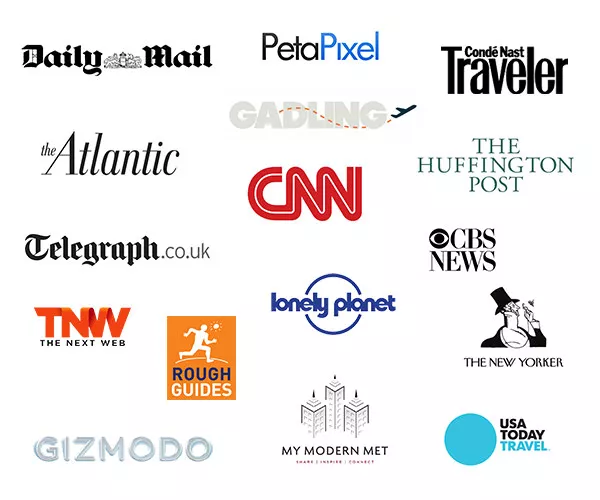

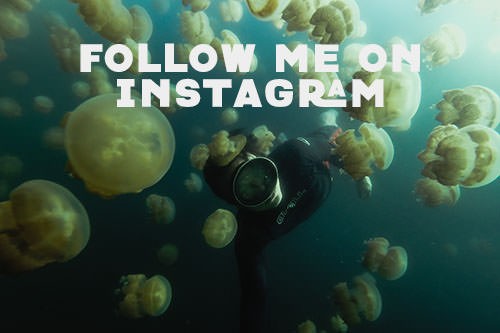

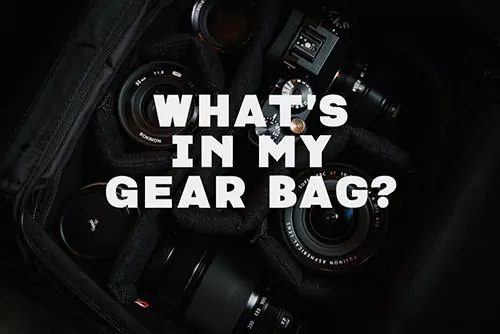
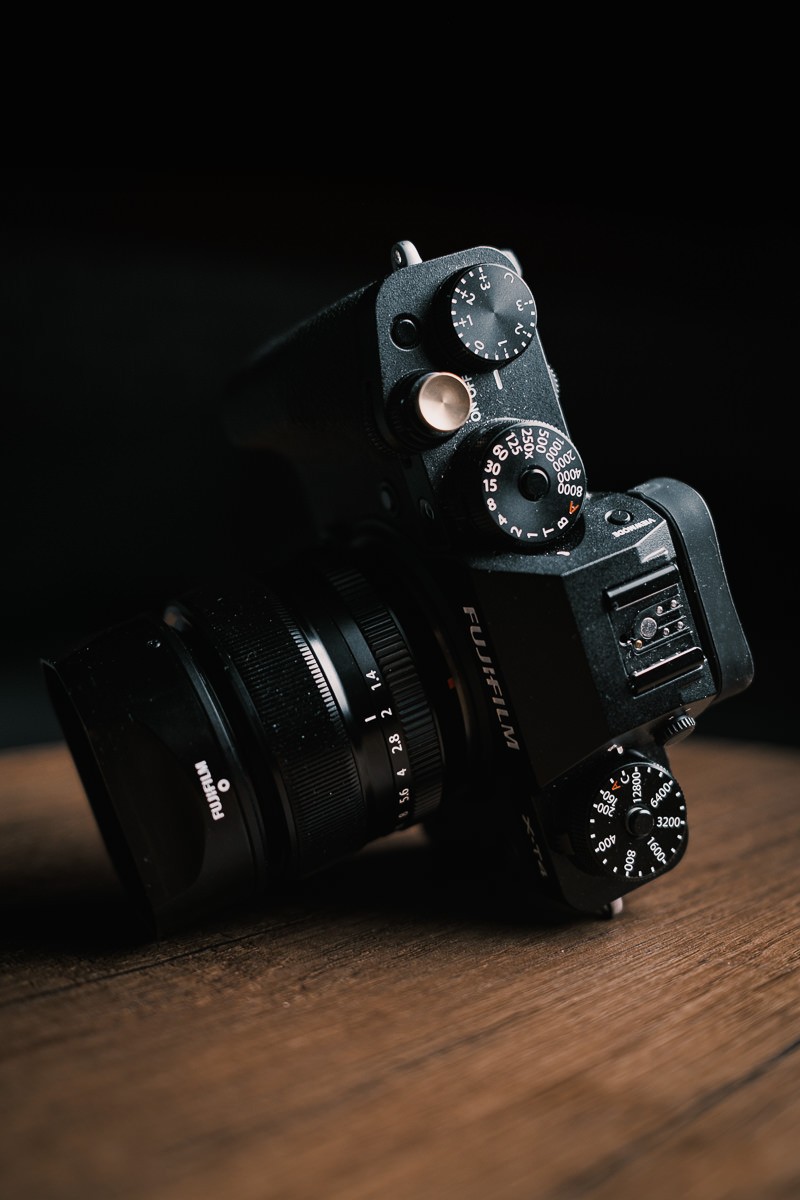
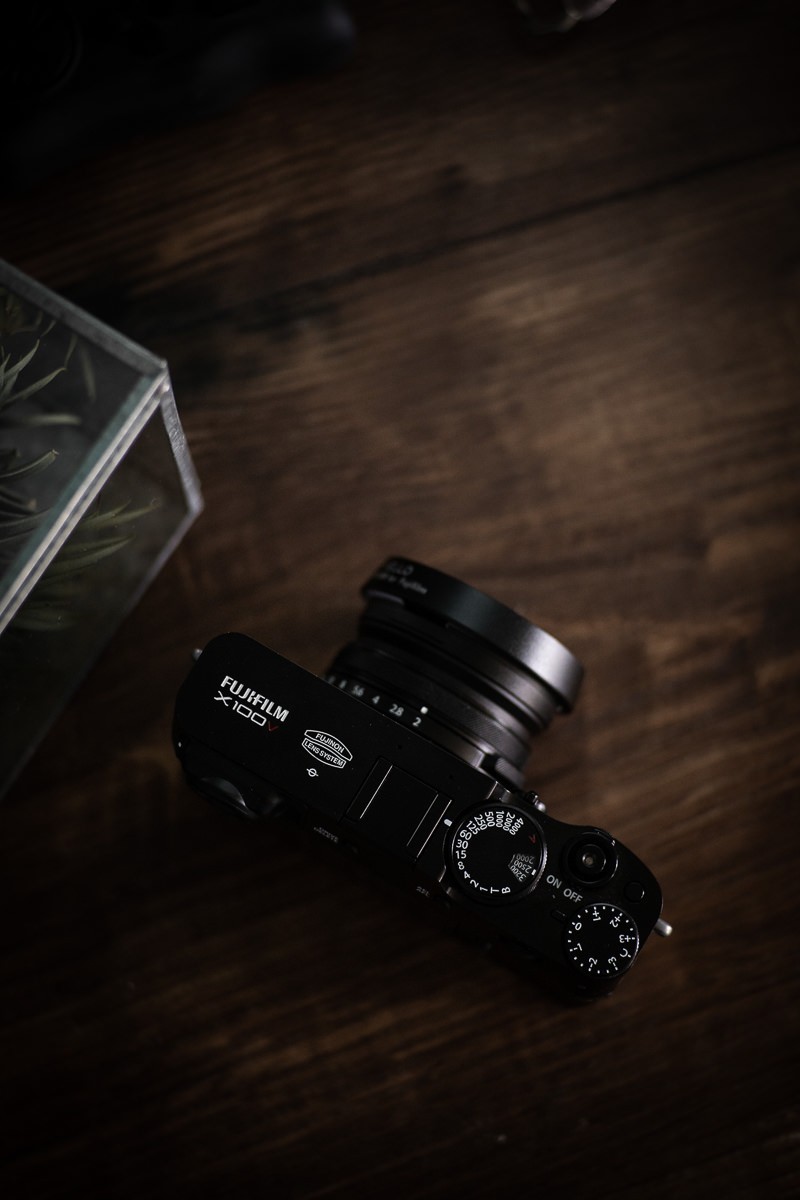
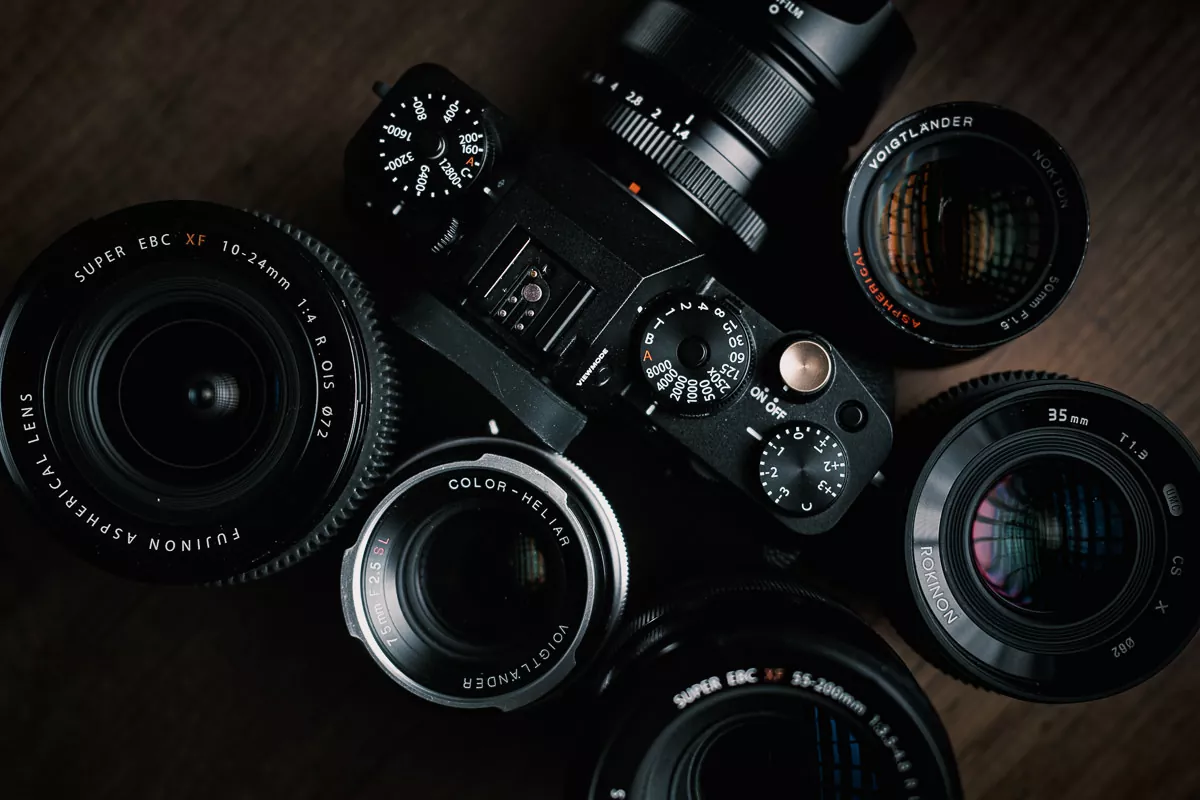
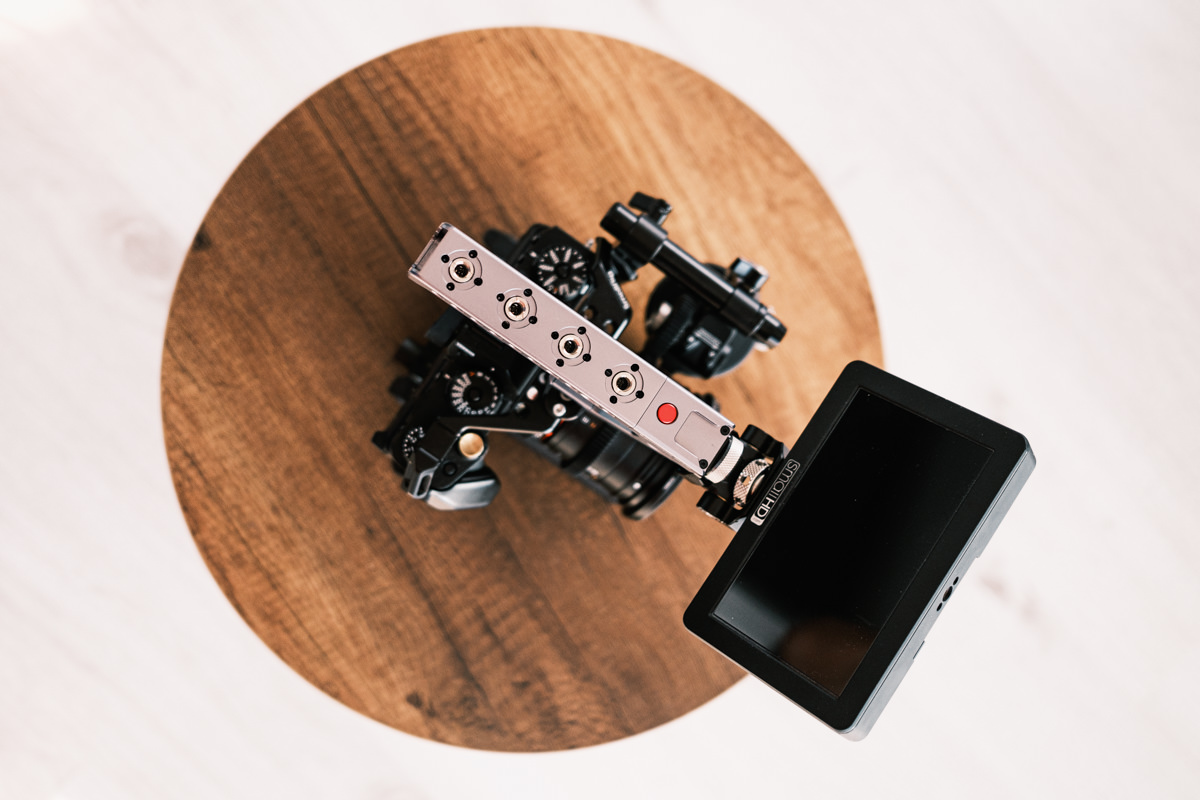
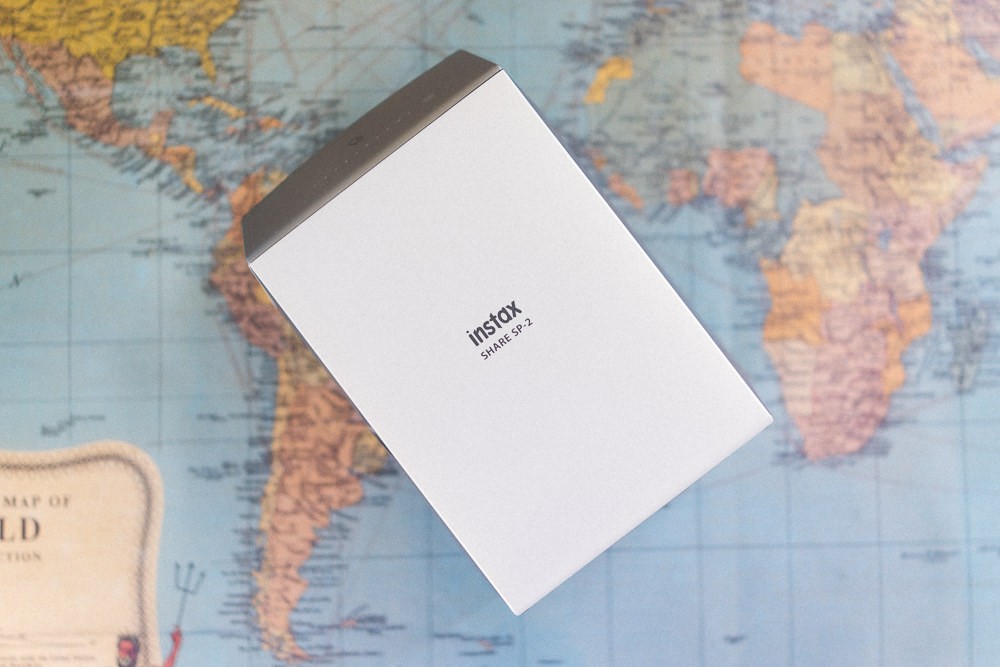


Nice article but I feel like it’s targeted towards the “professional” crowd who only shoot raw. If there’s one reason to choose an X-T4 over an X-T3, it’s because of the jpegs. If you want to enjoy pure photography comparative to shooting rolls of 35mm.. Fuji’s newest jpeg science found in the X-T4, X-Pro 3, and the X100V is hard to compete with. I won’t argue with you, the X-T3 and X-T4 are pretty equivalent when it comes to raw files that require editing.. the jpegs on the X-T3 are excellent too, but the X-T4s are better. Fuji isn’t only about the raw files. In fact, the way they differentiate themselves from the pack is though other means like their jpegs. You want the feel and fun of shooting “film” on a digital camera? Fuji and Leica have that corner and each new generation they come out with is a serious improvement on the past. SOOC images are going to be the new ticket to success in a world where people don’t have the time to learn “complicated” programs or want to sit in front of a computer editing for hours. I’m not saying that everyone should go out and pick up an X-T4 over the X-T3, but I’m willing to bet you’re not going to trade your X-T4 for an X-T3 anytime soon 😉
It’s a good point. As you already know, I made my decision to go with the X-t4 for a number of reasons. For those who aren’t compelled by those reasons, I do personally think the X-T3 is an incredible buy especially with the latest firmware update and the prices you can find in the used market. Good enough for a couple of extra lenses. I’d personally snap up an X-T3 if I needed a second body at the moment (no big events to shoot for obvious reasons). And I do love the JPEG SOOC on the X-T4 and X100V that I send to my phone before I can edit the RAW.
Well said. I own xt4. I do prefer the xt3 screen; in fact, I miss it. Nevertheless, I would not trade back to xt3. Since buying xt4, I find myself shooting mostly jpeg.
I’ve never used the X-T3 but I’m used to those types of screens. When I was limited by the movement of the Sony, I wanted an articulating screen, but honestly, I only like it for video. For photo, I find it a little annoying when I have to keep it out to the side to view it at them waist level.
I have the xt2 with the Fuji 16-55 f2.8 and Fuji 23mm f1.4… love them both. I also have Fuji x100v which is an awesome camera. I had the x100t which I loaned to my grandson last spring to take to the Denver area on vacation. He liked it so much (as I did) I never got it back. I started out using nothing but Olympus film cameras, moving to Nikon then Canon digital and now settled in with Fuji for good.
Great choices. I’m debating those two lens myself, but right now I’m building up a vintage set of lenses for portraits and walking around. The X100V is great isn’t it?
Hello there. I’m happy that I found your blog. This is what I’m looking for when searching for camera reviews, the user experience and not always about specs. It helped me choose my camera suited for my needs. Thank you for taking the time writing this blog. :))
I’m glad to hear that. I’ll be writing more articles about my experience with the Fuji cameras after a year so keep an eye on it if you’re interested.
Great article; thanks! I know it’s an older article, but as someone who loved their Xt2 but sold it to get back into full frame, and is now wanting that Fuji back, I felt the new xt5 was just way more than I needed. I wanted the basic thrill of shooting again. I have found a like new – xt3 that I plan on ordering today. Though, I had considered the xt4 until I read your article. It cleared a few things up for me, the needs and wants in the camera, and the realization of what I really need and what I can do without. Thank you!